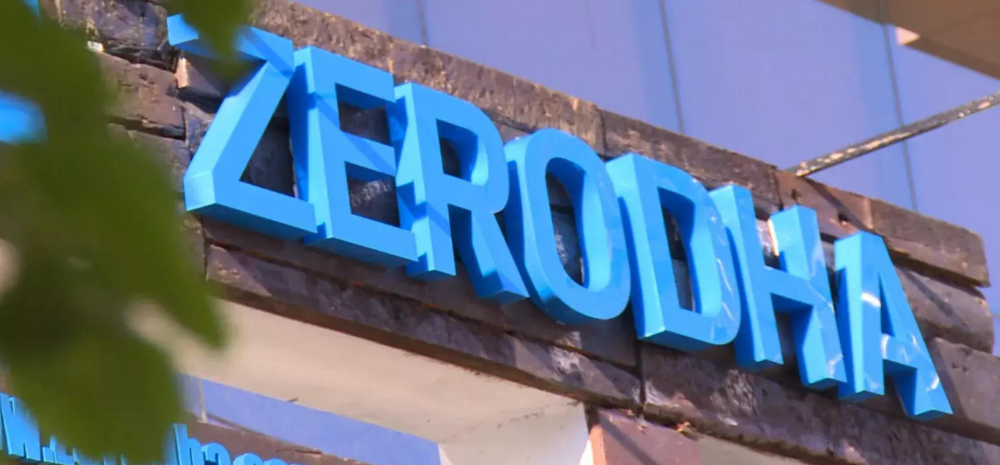According to a blog post by co-founder and CEO Nithin Kamath, Zerodha has recorded over ₹8,370 crore in revenue and ₹4,700 crore in profit.
This is an improvement over the ₹6,875 crore in sales and ₹2,907 crore in profit recorded in the previous fiscal year, FY23.

Zerodha Records More Than ₹4,700 Crore in Profit
Unrealized gains of about ₹1,000 crore are not included in the profit statistics; these will be recognized and reported in the financials.
Zerodha is extremely profitable, turning over half of their revenue into profit.
According to Kamath, Zerodha is among the safest brokers because its net worth is about 40% of the client funds it oversees.
Although Zerodha has been profitable lately, Kamath believes that the company’s earnings will eventually level off, with a significant drop in revenue this year.
The anticipated decrease is a result of impending SEBI regulations that would affect Zerodha and other brokers by doing away with the volume-based transaction fee model for free equity delivery deals.
10% Decline Predicted in Zerodha’s Revenue
With effect from October 1, SEBI’s “true-to-label” circular is predicted to result in a 10% decline in Zerodha’s revenue.
Changes in index derivatives regulations, a major source of revenue for the company, are expected to result in a 30% to 50% loss in revenue, according to Kamath.
Zerodha’s annual maintenance charges (AMC) would be impacted by new BSDA (Basic Services Demat Account) criteria. Currently, the company can only charge the full AMC to customers who have demat assets of ₹10 lakhs or more, up from ₹4 lakhs.
Because the account opening charge is no longer required, Zerodha will also experience a drop in earnings.
Zerodha’s 1,200-person workforce, conservative expenditure, and sound financial standing put it in a good position to withstand the income reduction.
Groww now has more active users than Zerodha, although Zerodha’s business strategy continues to yield greater profits.
Unlike his rivals who may have more optimistic growth predictions, Kamath has voiced skepticism regarding the industry’s potential for future growth and profitability.












